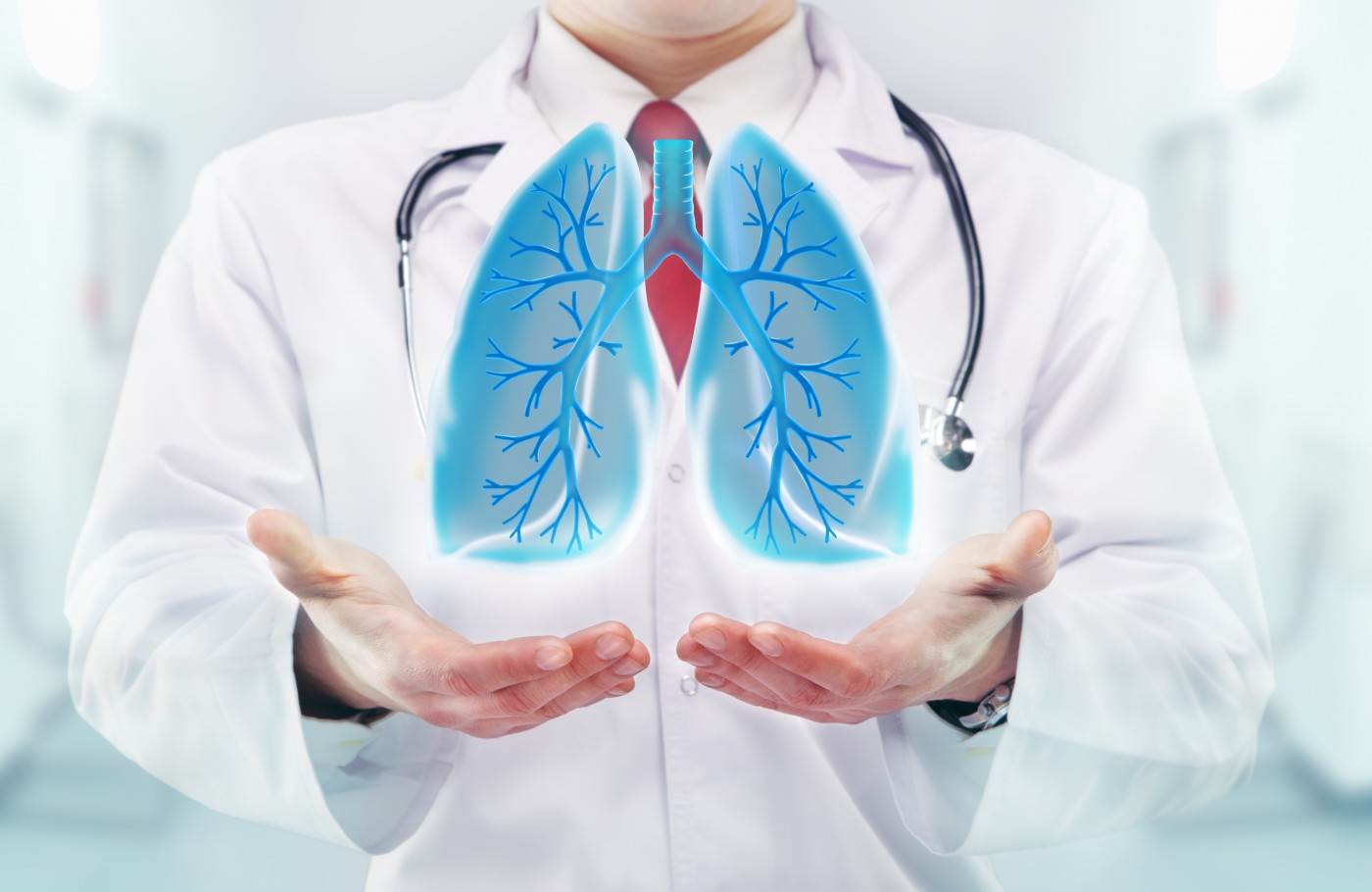Stanford Program Reaches Milestone With 1,000th Transplant Performed on Woman with Sarcoidosis

The transplantation program at Stanford Medicine has hit a milestone with its 1,000th procedure — performed on a 54-year-old woman with sarcoidosis.
The surgery, carried under the Heart-Lung & Lung Transplantation Program at Stanford Health Care, is now part of the 750 lung transplants and 250 heart-lung transplants performed to date by physicians at Stanford.
The patient, Alicia Bland, was 22 when she was diagnosed with sarcoidosis, an inflammatory disorder that can cause severe damage to the lungs. At the time, her physician told her she had approximately 10 years to live.
Bland went on to live with the disease for decades under regular medical supervision, but she had a hard time breathing and was unable to work.
Over time, her lung function worsened to the point where physicians told her she needed a lung transplant, and advised her to move out of her home in the San Joaquin Valley due to the area’s poor air quality, which exacerbated her condition.
“I was scared,” Bland said in a news story about that time. Nevertheless, she moved to San Jose with her friend and caregiver, Roscoe Little, and started visiting Stanford’s pre-transplant clinic.
Before she could be put on the transplant list, Bland was told she needed to lose weight. She managed to lose 30 pounds with the help of dietitians, nurses, and counselors at Stanford’s clinic, and was finally put on the transplant waitlist.
At 54, and after being on the waitlist for about a month, she got a call from the clinic.
“They say they have some lungs for me!” Bland told Little at the time.
After 24 hours, Bland had her lungs taken out and replaced with the healthy lungs of a person who had recently died and donated their organs. After nearly three decades, she was able to breathe well again.
“This surgery went very smoothly, and the patient had a really good recovery,” said John W. MacArthur, MD, assistant professor of cardiothoracic surgery and the surgeon who performed Bland’s surgery.
MacArthur said he loves doing transplants due to the rapid and dramatic improvements he sees in his patients. “It’s challenging, but it’s very rewarding to see somebody who can’t breathe comfortably, or not well at all, go home and not need any supplemental oxygen,” he said.
Bland had her surgery on Oct. 10, 2019, and was discharged two weeks later. Her lung transplant was the 1,000th procedure performed by physicians at Stanford.
“It’s a milestone,” Gundeep Dhillon, MD, the medical director of the program, said. “A lung transplant is something that truly takes a village, one that includes the patient; his or her caretakers; the donor and the donor’s family; our interdisciplinary team of health care providers, including surgeons and nurses; a rehabilitation team; pulmonologists; dieticians; therapists; and more. It’s an amazing team effort.”
Since the first heart-lung transplant performed in Stanford in 1981, patient outcomes have improved significantly. The five-year survival rate for those undergoing heart-lung and lung transplants today is around 60%, according to Dhillon. This figure may increase even more in the near future, with improvements in surgical techniques and pre- and post-transplant care.
Within a few weeks after surgery, Bland’s breathing capacity improved from 24% to 82%. For the first time in more than a decade, she no longer had to use an oxygen tank.
“The transplant team, they’re my angels,” Bland said. “They gave me a second chance at life.”
Bland still experiences chest pain around her stitches, as well as severe indigestion, a common post-surgery complaint. Although she is able to walk by herself, she uses a walker when she feels her legs start to weaken. All these complications are expected to resolve soon, according to her healthcare team.
For the time being, her chest X-rays, her blood count and, most importantly, her breathing all look good.






